Soybean Insects
Recommended Content
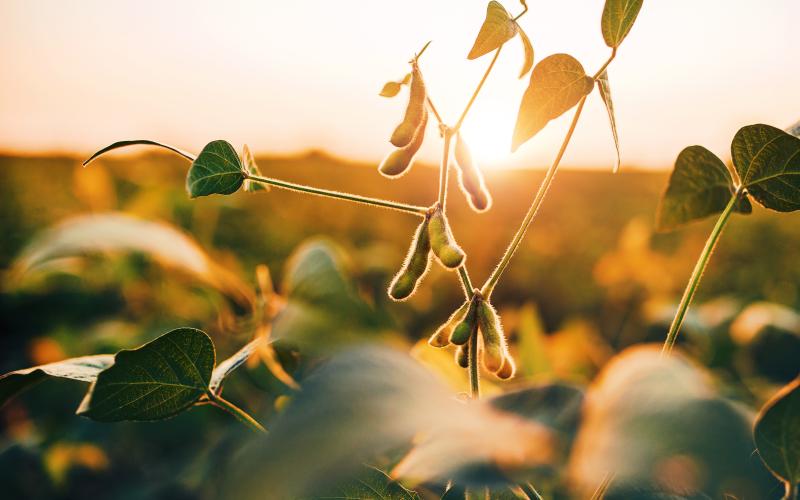
Best Management Practices for Soybean Production
This is your unbiased, research-based guide to soybean production to help increase yield, reduce input costs and protect your investment.
All Soybean Insects Content
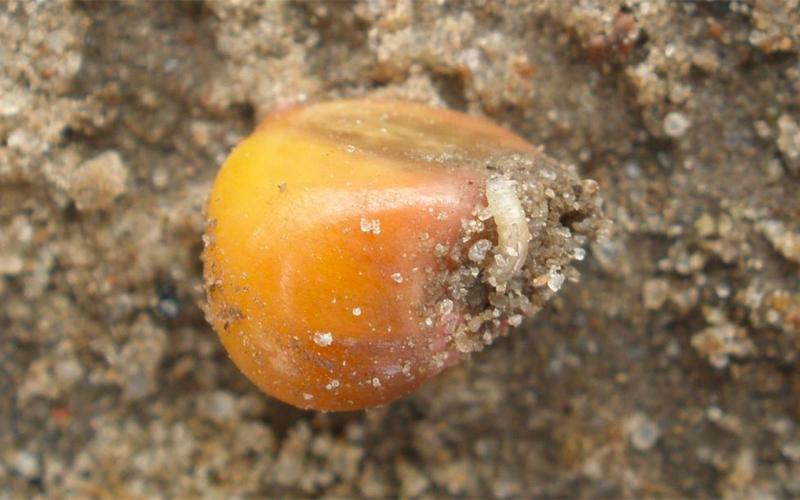
Seedcorn Maggot Degree Day Activity Estimates: May 9, 2024
With the cool, wet start to the 2024 season, it is important to consider the possibility that seedcorn maggots could cause issues for crop seedlings
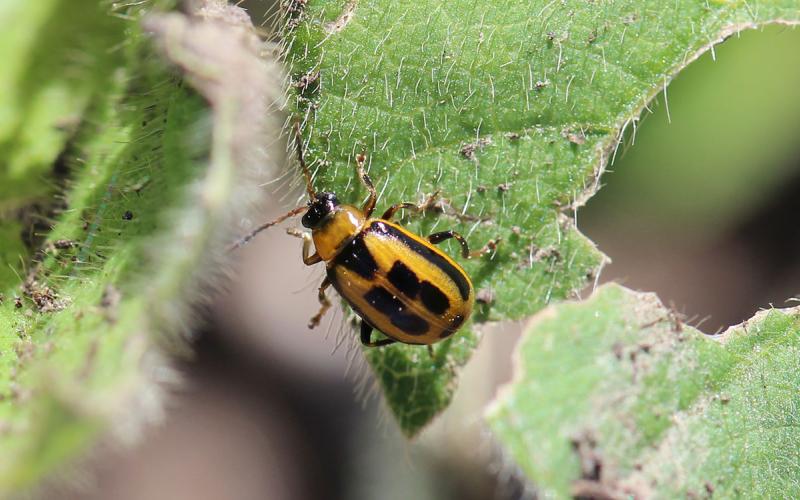
South Dakota Overwintering Bean Leaf Beetle Predicted Mortality: 2023-2024
Every year we evaluate the overwintering success of bean leaf beetles in South Dakota. At emergence, the overwintering population of bean leaf beetle adults will move into soybean fields and begin feeding on the seedlings.

South Dakota Grasshopper Prediction for 2024
In 2024, grasshoppers are likely to cause problems in areas of South Dakota due to large populations that were present in 2023 and the relatively late first hard freeze date observed in much of the state.

Organophosphate Insecticides Under Continual Review by the Environmental Protection Agency
Recent moves by the EPA to limit or prevent the use of organophosphate insecticides present challenges for growers seeking effective pest control. So, what is motivating these changes, and what do they mean for producers?
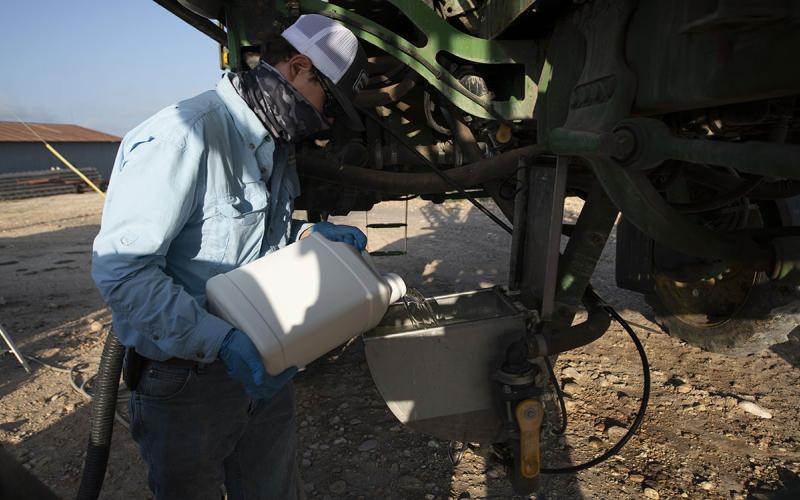
Chlorpyrifos Products Can be Used in 2024 for Insect Pest Management
The U.S. Environmental Protection Agencys recently announced that currently registered insecticide products with the active ingredient chlorpyrifos will be legal to use on labeled crops during the 2024 growing season.
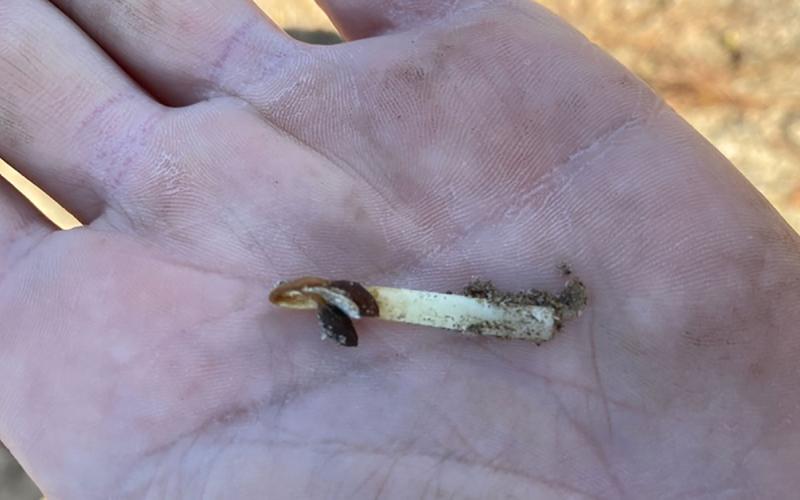
Risks of Early Soybean Planting in South Dakota
Early soybean planting offers potential yield benefits, but it also poses some risks. Learn some expert tips and considerations for early soybean planting this growing season.

A Few Considerations for Fall and Winter Grain Storage
Proper grain storage during fall and winter is essential to ensuring a successful harvest. Learn some expert tips for managing stored grain pests and maintaining an ideal bin environment for post-harvest grain storage.

Common Stored Grain Insect Pests
There are several species of insects that feed on stored grain, resulting in reduced grain quality. Learn how to identify some of the most-common grain pests that can be found in South Dakota.

SDSU Extension 2024 private pesticide applicator training dates set
January 12, 2024
South Dakota State University Extension’s 2024 winter and spring private pesticide applicator certification training sessions are set.
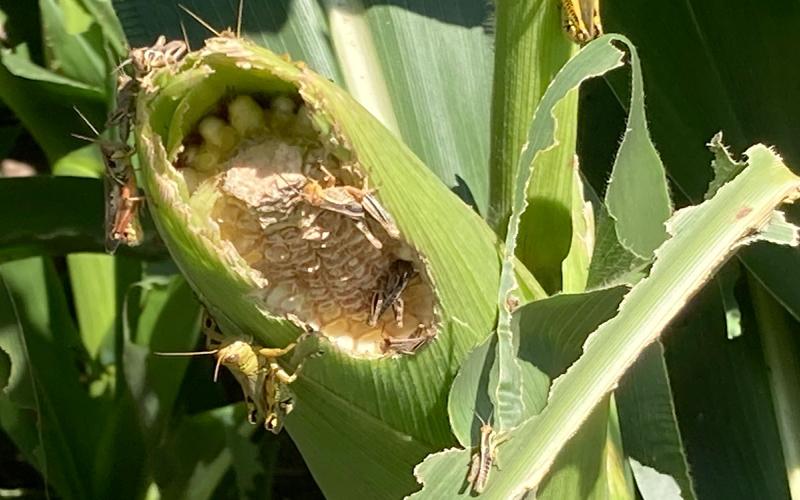
Don’t Let Grasshoppers Decrease Your Yields
Throughout the 2023 growing season, grasshopper populations have been causing problems. Those problems aren’t over yet, and we won’t be able to stop monitoring grasshopper activity until the crops are harvested.